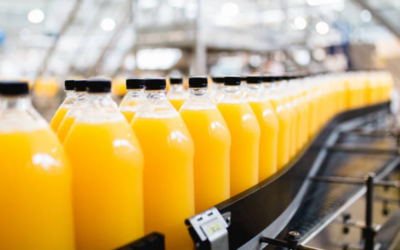With all the talk of natural gas, it is easy to forget that people and businesses still rely on landfill gas. Just like natural gas, landfill gas has its own unique way of being processed.
The processing of landfill gas involves the act of collecting, processing, and treating methane gas that is released from organic waste to convert it to a wide array of energy types. For the methane gas to be used, it must be cleaned of all impurities, condensates, and particulates.
The processing of landfill gas is broken up into two different treatment plans, primary processing and secondary processing. Primary processing consists of the removal of moisture and particulates through compression and gas cooling. Secondary processing takes into consideration the end result. If the gas is to be used for something like a furnace, minimal treatment is needed. If electricity is the intended use, the gas will go through a more comprehensive process. The secondary treatment often consists of the removal of physical and chemical impurities through adsorption and absorption.
Once the impurities are removed, the methane gas is moved through a common pipe system and transferred to a facility. Temperature quality is very important in finishing off the landfill gas process. The gas is first heated and then cooled before being de-watered in order to remove any dirt and smaller debris. The gas is then heated one more time.
Once the landfill gas is processed, its use is determined and then it is transported and distributed to its proper location.
To view sample landfill gas projects, please see ET Environmental’s Renewable Power / Alternative Fuels experience page.


